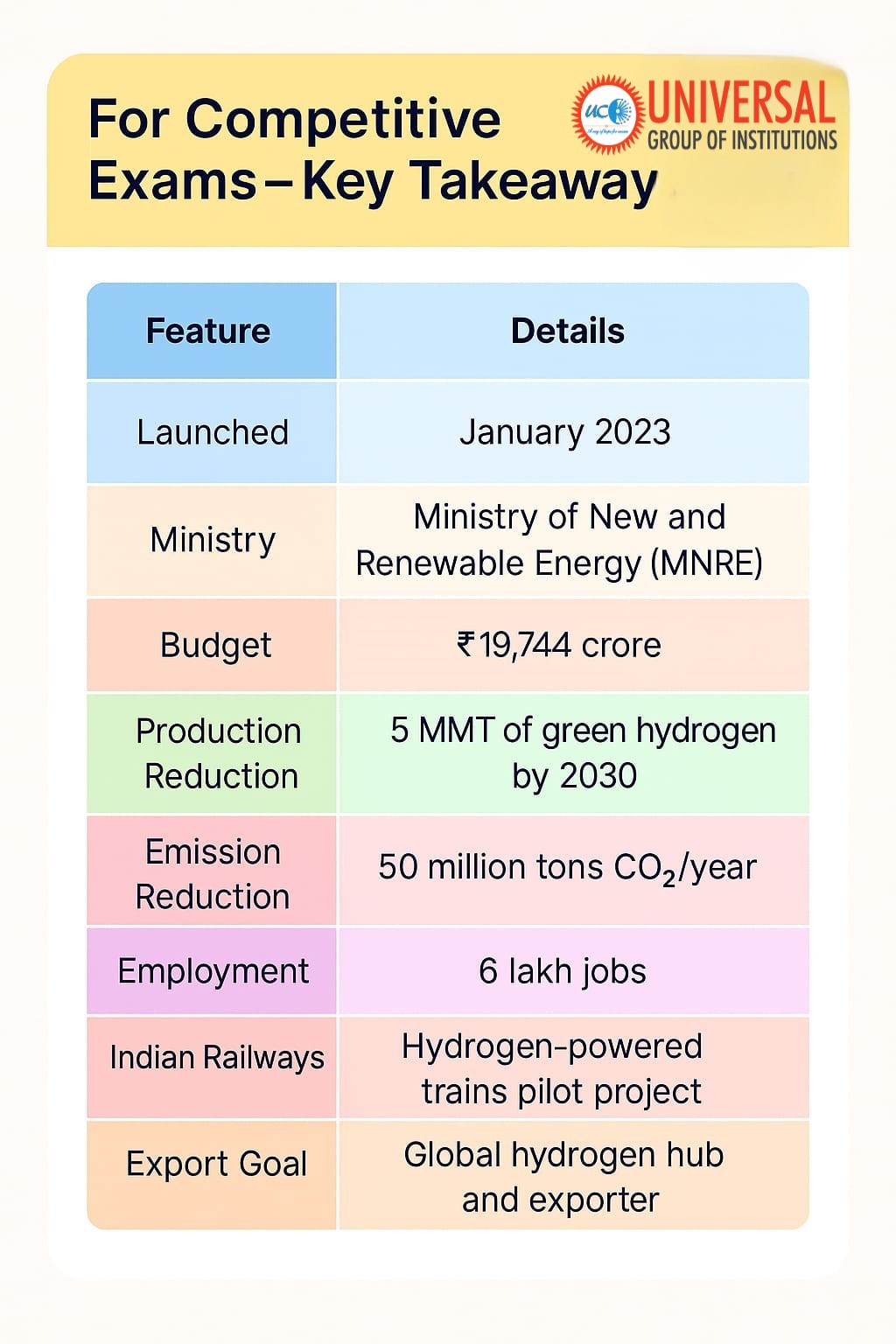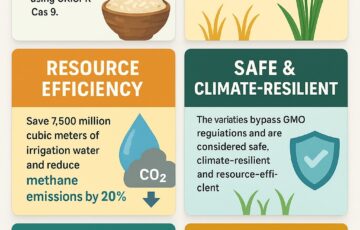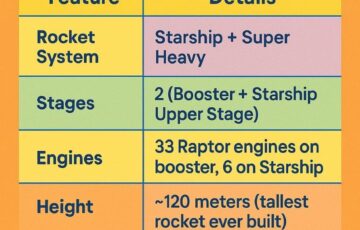Green Hydrogen and India’s National Green Hydrogen Mission
Green Hydrogen and India’s National Green Hydrogen Mission
What is Green Hydrogen?
Green hydrogen, an innovative energy carrier, is produced through electrolysis for hydrogen production, specifically the water splitting process, using renewable energy sources like solar or wind. This green hydrogen technology creates a zero-emission fuel, unlike grey hydrogen which is made from fossil fuels and contributes to carbon emissions. As part of the latest green hydrogen news, countries worldwide are investing in this sustainable energy solution to combat climate change and achieve net-zero emissions targets. Green hydrogen projects in India are at the forefront of this global movement, with plans for multiple green hydrogen production facilities across the country.
Rashtriya Harit Hydrogen Mission (NGHM) – Overview
Launched in January 2023, India’s National Green Hydrogen Mission, also known as the Rashtriya Harit Hydrogen Mission or the National hydrogen energy mission, aims to make India a global hub for green hydrogen production, use, and export. This mission is a cornerstone of the hydrogen policy in India and is set to revolutionize the country’s energy landscape, playing a crucial role in the energy transition.
Key Targets by 2030:
- Production Target: 5 million metric tons (MMT) of green hydrogen per year, with multiple green hydrogen production facilities across the country to boost hydrogen production capacity
- Renewable Energy Capacity: 125 GW dedicated to hydrogen production
- Total Investment Expected: ₹8 lakh crore
- Jobs Created: 6 lakh employment opportunities
- Import Reduction: ₹1 lakh crore in fossil fuel imports
- Emission Reduction: 50 MMT of CO2 emissions averted annually, contributing significantly to carbon emissions reduction
Under Which Ministry?
The National Green Hydrogen Mission is implemented by the Ministry of New and Renewable Energy (MNRE), Government of India. The mission is a key part of India’s clean energy transition strategy under the broader goal of achieving Net Zero by 2070, emphasizing the country’s commitment to decarbonization and a sustainable future. This initiative is a crucial component of the hydrogen policy in India, aiming to establish a robust framework for green hydrogen production and utilization.
Indian Railways and Green Hydrogen
- Indian Railways is actively working to incorporate hydrogen fuel in India into its operations, showcasing the potential of green hydrogen applications in clean transportation:
- It has initiated pilot projects to run hydrogen fuel cell technology trains on select routes.
- The first hydrogen train is expected to run on the Jind–Sonipat route in Haryana, replacing traditional Diesel Electric Multiple Units (DEMUs).
- These trains are part of Indian Railways’ plan to become a Net Zero Carbon Emitter by 2030.
- The hydrogen fuel cell technology will be used to power trains without overhead electric lines or diesel, demonstrating the versatility of hydrogen as an energy carrier.
Industrial & Sectoral Applications
- Green hydrogen applications span a wide range of industrial sectors, contributing to the development of a robust green hydrogen ecosystem:
- Steel and cement industries (green steel production)
- Fertilizer and chemical production
- Refineries
- Transport – fuel for vehicles, rail, and even aviation in the future
- Power backup and hydrogen storage systems
These diverse applications highlight the potential of green hydrogen technology in transforming various industrial sectors and promoting zero-emissions alternatives. The concept of green hydrogen hubs is gaining traction, where multiple industries can benefit from centralized production and distribution facilities. The advancement of electrolysis techniques is crucial for efficient green hydrogen production in these sectors.
Incentives & Policies
- The National Green Hydrogen Mission includes several initiatives to boost the hydrogen economy:
- SIGHT Scheme: Strategic Interventions for Green Hydrogen Transition program offers incentives for electrolyzer manufacturing and green hydrogen production
- Pilot Projects: Initiatives in steel, shipping, and mobility sectors to demonstrate fuel cell applications
- Green Hydrogen Hubs: Development of hydrogen infrastructure and supply chains, including hydrogen refuelling stations for various transport modes
- Skill Development and R&D: Building capacity and advancing technologies like Polymer Electrolyte Membrane electrolyser (PEM electrolyser) for more efficient hydrogen production
Additionally, individual states are developing their own policies, such as the Maharashtra green hydrogen policy, to further support the growth of the sector. These policies aim to address hydrogen production costs and promote investment in hydrogen projects across the country.
Global Position
India aims to:
- Become a leading global exporter of green hydrogen
- Capture 10% of the global hydrogen market share
- Boost hydrogen exports and its derivatives like green ammonia to Europe and Asia
- Establish itself as a key player in the emerging global hydrogen economy
- The focus on green hydrogen production and exports is expected to position India as a significant contributor to the global clean energy transition.
For Competitive Exams – Key Takeaways (Green Hydrogen UPSC)
| Feature | Details |
| Launched | January 2023 |
| Ministry | Ministry of New and Renewable Energy (MNRE) |
| Budget | ₹19,744 crore |
| Production Goal | 5 MMT of green hydrogen by 2030 |
| Emission Reduction | 50 million tons CO₂/year |
| Employment | 6 lakh jobs |
| Indian Railways | Hydrogen-powered trains pilot project |
| Export Goal | Global hydrogen hub and exporter |
In conclusion, India’s National Green Hydrogen Mission represents a significant step towards energy security and a cleaner, more sustainable future. By investing in green hydrogen technology and infrastructure, including green hydrogen production facilities and hubs, India is positioning itself at the forefront of the global transition to a hydrogen-based economy. The mission’s focus on developing hydrogen storage methods, transportation infrastructure, and advanced technologies like alkaline electrolysis and high-temperature electrolysis paves the way for innovative solutions in clean transportation and industrial decarbonization. With the potential to avert millions of tons of CO2 emissions annually and create a robust hydrogen storage system, the National hydrogen energy mission is set to transform India’s energy landscape and contribute significantly to global climate change mitigation efforts.
Green Hydrogen: The Future of Clean Energy and the Challenges Ahead
Top 10 Challenges of Green Hydrogen
1️⃣ High Production Costs
Electrolysis—the main method for green hydrogen production—is still highly expensive. While grey hydrogen costs around ₹150–200 per kg, green hydrogen production costs in India range from ₹300–400 per kg. Unless renewable energy prices drop significantly or economies of scale kick in, green hydrogen remains uncompetitive. The eco-cost of green hydrogen production is a significant factor in its adoption.
2️⃣ High Energy Consumption
Producing green hydrogen through electrolysis is energy-intensive, requiring about 50–55 kilowatt-hours (kWh) of electricity per kg of hydrogen. This places heavy demands on renewable energy sources and raises questions about scalability and energy footprint.
3️⃣ Storage and Transport Difficulties
Hydrogen is highly flammable, and being the lightest element, it requires compression or liquefaction for storage. Building and maintaining safe infrastructure—such as pipelines, storage tanks, and refueling stations—adds complexity and cost. Hydrogen storage challenges and transportation infrastructure are key issues that need to be addressed.
4️⃣ Limited Technological Advancement
Current electrolyzer technologies like Alkaline, PEM (Proton Exchange Membrane), and SOEC (Solid Oxide) are still in developmental stages. They rely on expensive and rare materials like platinum and iridium, making the process economically and environmentally challenging. Improving electrolysis efficiency is crucial for reducing green hydrogen production costs.
5️⃣ Lack of Regulatory Frameworks
There is no universal code or safety standard for hydrogen use, especially in India. This regulatory vacuum slows down commercial rollouts, safety approvals, and insurance coverage for hydrogen projects. A comprehensive hydrogen policy in India is needed to address these issues.
6️⃣ Weak Demand and Market Uncertainty
Industries are slow to switch to green hydrogen due to the high cost and lack of clear demand signals. Existing industrial processes are built around cheaper grey hydrogen or fossil fuels, limiting green hydrogen’s immediate market appeal. Increasing hydrogen demand is crucial for the sector’s growth.
7️⃣ Geographic and Climatic Constraints
Electrolysis needs abundant clean water and steady access to renewable energy sources. Many potential sites in India are water-stressed or lack consistent sunlight/wind, limiting production capabilities and affecting the environmental impact of green hydrogen production.
8️⃣ Lack of Infrastructure
India lacks a dedicated hydrogen pipeline network or hydrogen-compatible fuel stations. This means the entire hydrogen value chain—from generation to utilization—needs massive new investments in hydrogen transportation infrastructure, particularly in hydrogen transportation and storage.
9️⃣ Financing and Investment Risks
Investors are cautious due to high capital costs, long gestation periods, and uncertain returns. While the Indian government is introducing incentives and subsidies, the private sector is still treading cautiously. Hydrogen financing remains a significant challenge for the industry.
🔟 Competing Technologies
Battery Electric Vehicles (BEVs) are currently more efficient and commercially viable for short-distance transport. Similarly, blue hydrogen—though not as clean—offers a cheaper transitional fuel, potentially slowing down green hydrogen adoption.
India’s Way Forward
- India’s National Green Hydrogen Mission, launched in 2023, aims to:
- Produce 5 million metric tons of green hydrogen by 2030
- Add 125 GW of renewable energy capacity
- Mobilize ₹8 lakh crore in investments
- Create 6 lakh green jobs
This ambitious roadmap is a giant leap toward decarbonization, but overcoming the above challenges is crucial for its success. The mission focuses on advancing hydrogen energy in India and promoting green hydrogen production through various initiatives and policies.
Final Thoughts
Green hydrogen holds transformative potential for sectors like steel, fertilizer, transport, and energy storage. However, without addressing the cost, infrastructure, technology, and policy challenges, its promise may remain unrealized.
Strategic coordination, robust public-private partnerships, and global collaboration are essential to unlock the true power of green hydrogen. As India continues to develop its hydrogen policy and invest in green hydrogen projects, it is poised to become a significant player in the global hydrogen economy, contributing to the reduction of greenhouse gas emissions and fostering sustainable development. The focus on electrolysis and green hydrogen production, coupled with advancements in hydrogen storage and transportation infrastructure, will be key to realizing the full potential of hydrogen fuel in India and achieving the country’s ambitious energy transition goals.
For those interested in learning more about green hydrogen in India, a comprehensive green hydrogen PDF resource is available, detailing the technology, policies, and future prospects of this promising energy carrier.












